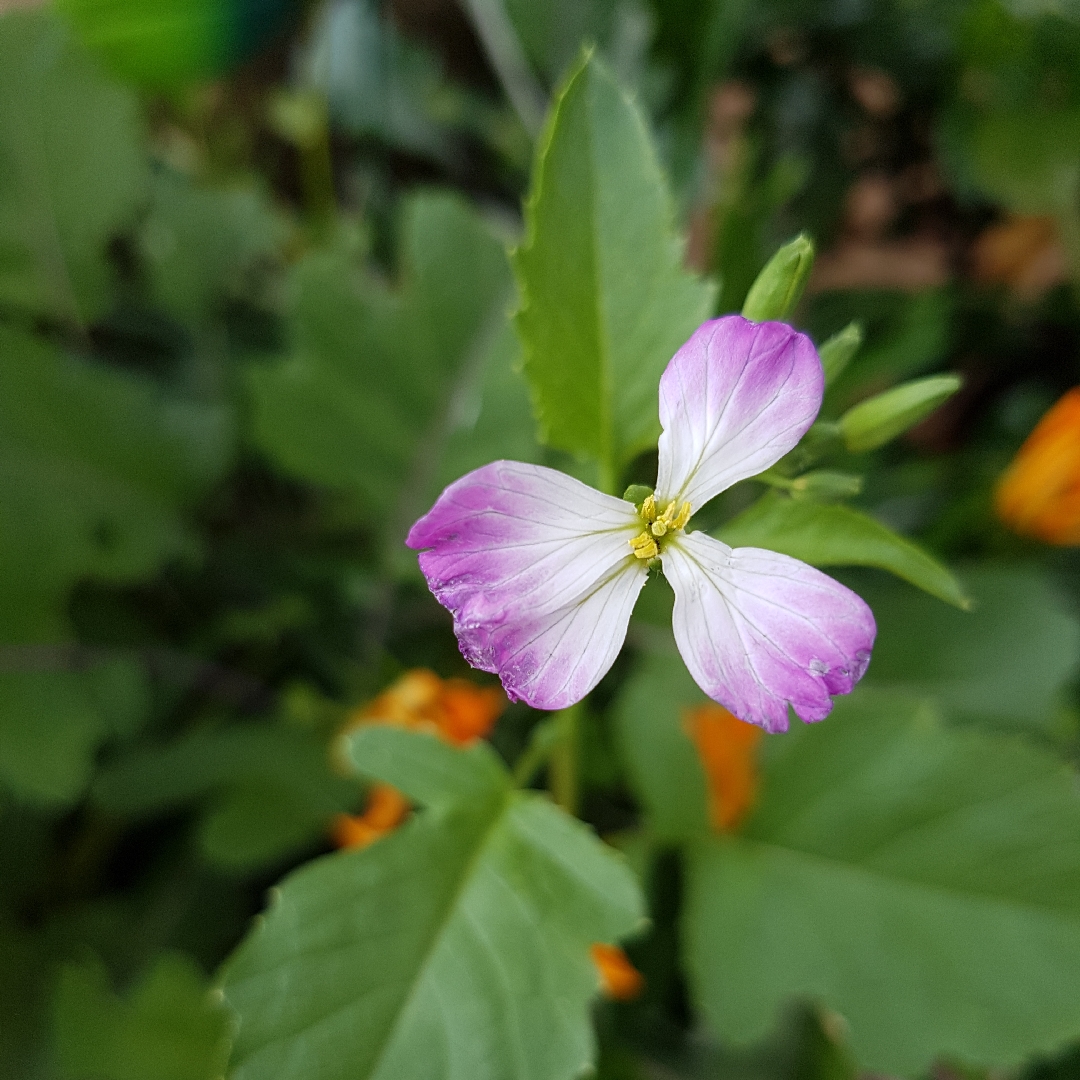
Raphanus sativus 'Caudatus' syn. Raphanus caudatus
Rat Tail Radish
'Rat -tail' radish is grown for its edible seed-pods, rather than for the roots. The plant looks similar to radish plants, but are allowed to flower and set seed. The seed-pods are produced within around 40 - 55 days from sowing, and a continuous supply can be produced for several weeks. To extend the harvest season, grow in fortnightly succession.
Contributed by @KathyB
-
Full sun
-
Occasional watering
-
Frost Hardy: 23F (-5°C)
-
Light and free draining
Common name
Rat Tail Radish
Latin name
Raphanus sativus 'Caudatus' syn. Raphanus caudatus
type
Annual Vegetable
family
Brassicaceae
ph
5.8 - 6.8 Acid - Neutral
Plant & bloom calendar
-
Best time to plant
-
When to harvest
full grown dimensions
 0.60 M
1.30 M
0.60 M
1.30 M
Raphanus sativus 'Caudatus' syn. Raphanus caudatus
'Rat -tail' radish is grown for its edible seed-pods, rather than for the roots. The plant looks similar to radish plants, but are allowed to flower and set seed. The seed-pods are produced within around 40 - 55 days from sowing, and a continuous supply can be produced for several weeks. To extend the harvest season, grow in fortnightly succession.
Propagating by seed
From Early Spring TO Late Summer
Sow radish seeds thinly in light, well-draining soil. Sow at a depth of about 1/2". Sow every two weeks for a succession. Water well after sowing, and keep the soil moist.
Planting
From Mid Spring TO Late Autumn
Root vegetables do not always transplant well, so, although it can be done, with care, it is usually best to grow them in the site where you want them to stay.








